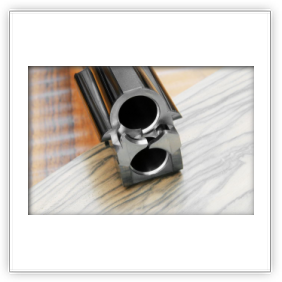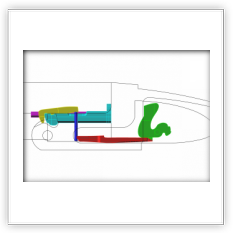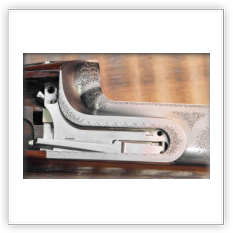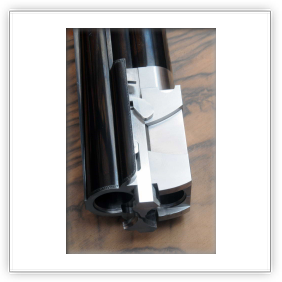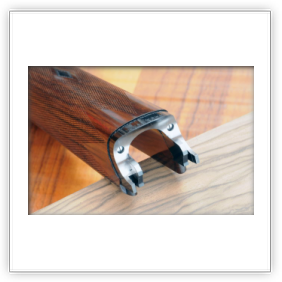The Ejector - fllirizzini English version
Main menu:
The Ejector
Translator
The ejectors
The ejector is a mechanically demanding construction due to the wide linear expansion of its components.
Only guns of high quality feature it, whereas lesser doubles use the simpler extractor.
When we analyze the problems inherent to the correct functioning of an ejector, we encounter the first difficulty: how to pass the message that the gun was fired to all components thus enabling them to do their job.
The first part to move during the firing is the hammer, which is located to the back of the detonating, whereas the ejector is positioned in the forend underneath the barrels. The distance between the two is around 90mm. To somebody not familiar with fine guns, this distance appears negligible. But in mechanics where distances are frequently measured in fractions of millimeters this value is substantial. Furthermore, this gap is bridged with help of levers, pins and parts which also serve different purposes in the workings of the gun.
Given the technical difficulties, a lot of different systems are in use. To avoid potential malfunctions associated with the up to now existing ejectors we created a simple and strong one.
